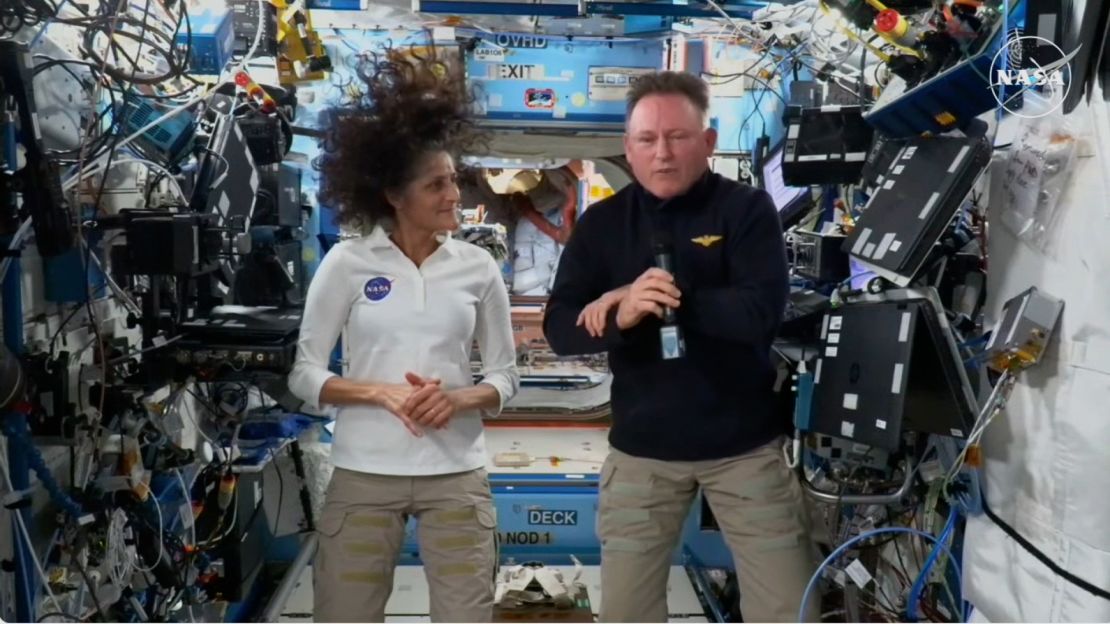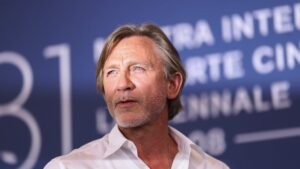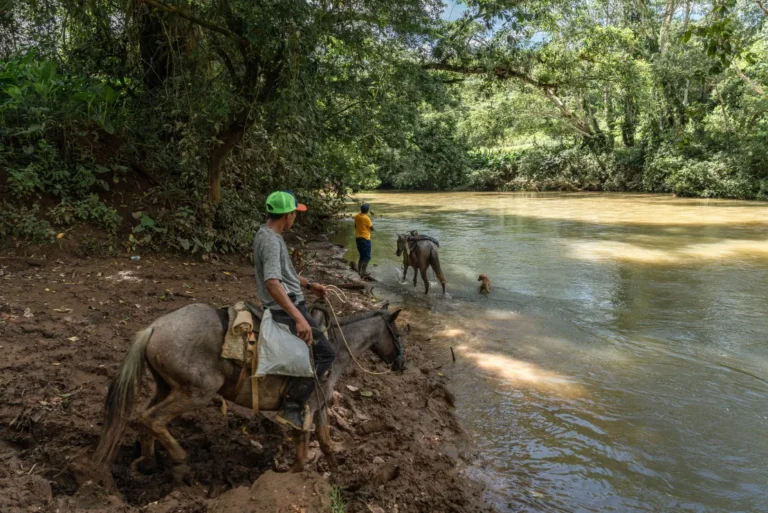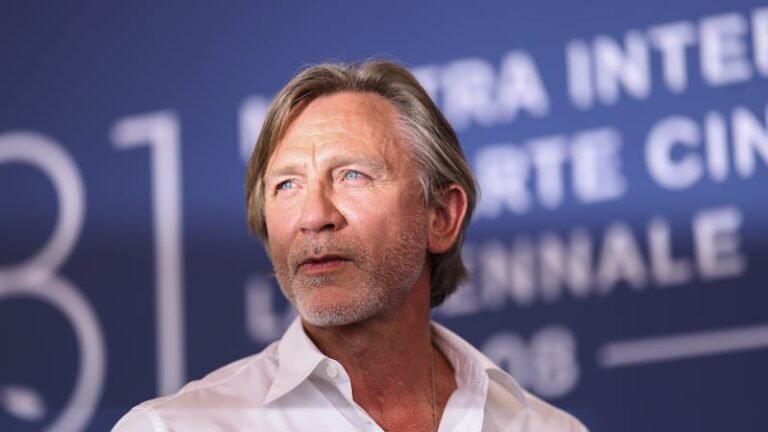The duo made the remarks in an interview with CNN’s Anderson Cooper on Thursday when asked about claims from President Donald Trump and SpaceX CEO Elon Musk that the astronauts were left high and dry by the prior administration.
“That’s been the rhetoric. That’s been the narrative from day one: stranded, abandoned, stuck — and I get it. We both get it,” Wilmore said. “But that is, again, not what our human spaceflight program is about. We don’t feel abandoned, we don’t feel stuck, we don’t feel stranded.”
Wilmore added a request: “If you’ll help us change the rhetoric, help us change the narrative. Let’s change it to ‘prepared and committed.’
“That’s what we prefer,” he said.
Williams and Wilmore have always maintained they have not been stuck on the space station, but their comments mark a rare, vocal contradiction of the president from members of the US astronaut corps.
Williams also reiterated a sentiment she has expressed on several occasions, including in interviews conducted before she left Earth. “Butch and I knew this was a test flight,” she told CNN’s Cooper, acknowledging the pair has been prepared for contingencies and understood that the stay in space might be extended.
“We knew that we would probably find some things (wrong with Starliner) and we found some stuff, and so that was not a surprise,” she said.

Musk’s and Trump’s claims
In late January, Musk said the Biden Administration had left the two astronauts “stranded” and said Trump had asked SpaceX to step in to rescue them.
“The @POTUS has asked @SpaceX to bring home the 2 astronauts stranded on the @Space_Station as soon as possible. We will do so,” Musk’s post reads. “Terrible that the Biden administration left them there so long.”
Trump also weighed in, posting on his Truth Social platform that Williams and Wilmore were “virtually abandoned in space by the Biden Administration.”
But NASA had already put such a plan in place in August — well before Musk or Trump mentioned it — when the agency asked SpaceX to return Williams and Wilmore from the International Space Station as part of its Crew-9 mission.
A delay in that departure was then announced in December because mission teams said they needed more time to prepare a new SpaceX vehicle.
Boeing Starliner astronauts’ latest return date
NASA said on Tuesday that it may bring Wilmore and Williams home a couple of weeks sooner, however, after opting to change the SpaceX Crew Dragon capsule it will use to launch the Crew-10 mission.
The Crew Dragon Endurance will carry staff to the space station to replace Williams and Wilmore and their teammates, NASA astronaut Nick Hague and Roscosmos cosmonaut Aleksandr Gorbunov, as soon as March 12 “pending mission readiness.”
NASA made no indication the schedule change was prompted by a directive from Trump.
Presidents are not typically involved in space station matters. The crew rotation schedule is meticulously managed by NASA and Roscosmos, the Russian space agency that controls half of the space station.
The Crew-10 mission includes NASA astronauts Anne McClain and Nichole Ayers, Japan Aerospace Exploration Agency’s astronaut Takuya Onishi, and Roscosmos cosmonaut Kirill Peskov.
After Williams and Wilmore arrived at the orbiting outpost in June, NASA and Boeing spent weeks attempting to pinpoint the cause of propulsion issues and gas leaks that plagued the first leg of the astronauts’ trip aboard the Starliner spacecraft. Ultimately, space agency officials deemed Starliner too risky for the astronauts’ return flight.
The pair, who had been slated to spend about a week on the station during the Boeing Starliner mission, then joined the official space station crew and became part of its staff rotation.
Williams and Wilmore are on track to return home on SpaceX’s Crew-9 capsule, the Crew Dragon Freedom, which reached the orbiting laboratory in September with two seats left empty for the veteran astronauts.
The new launch date for Crew-10 put the astronauts’ planned return days ahead of schedule, as the space agency previously said it was targeting late March.














